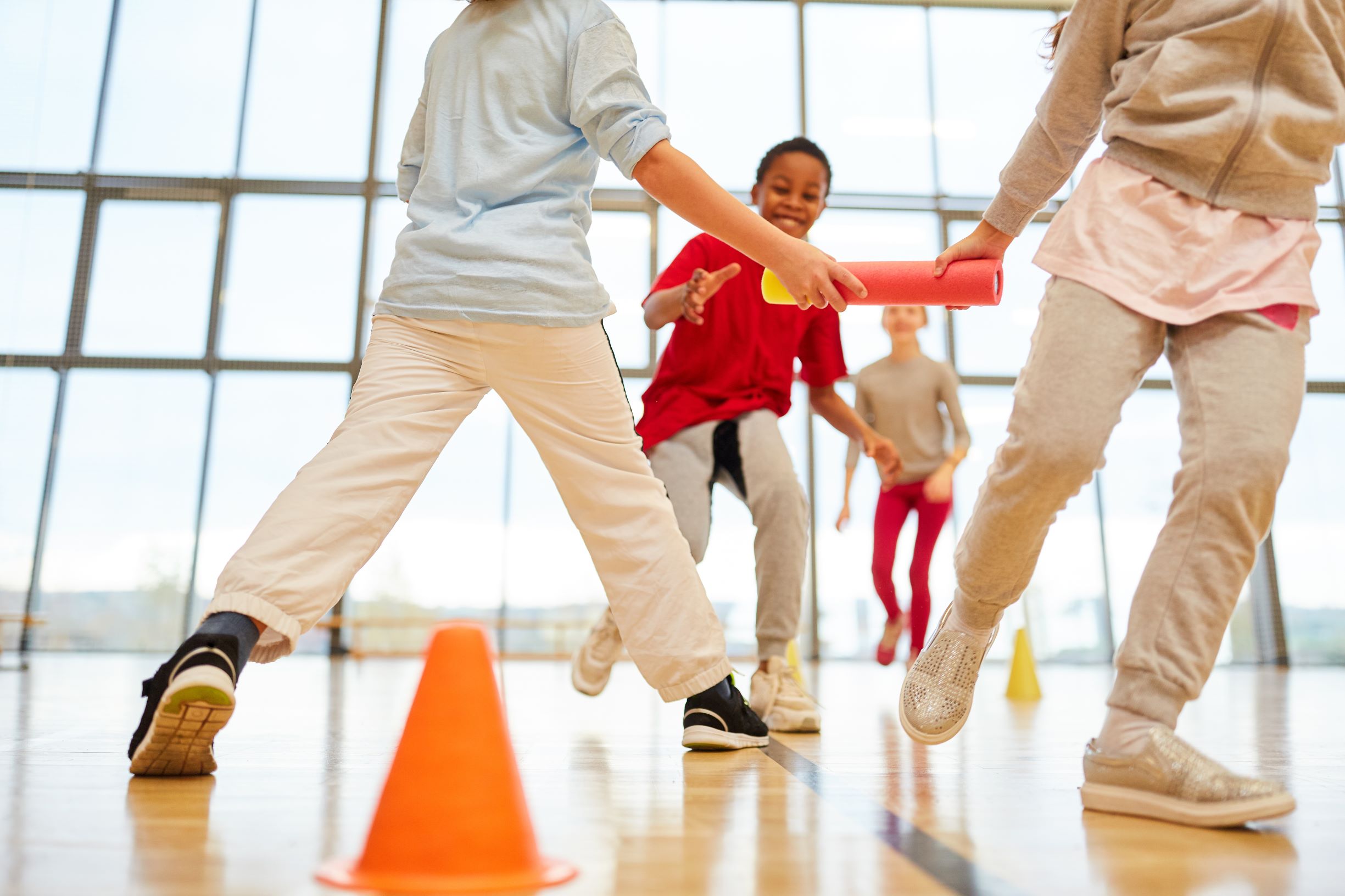Research shows that students with high levels of physical fitness demonstrate improved attention, impulse control, and task-based behavior. School districts that provide physical education often experience less disruption in their daily operations. Students with high physical fitness scores also have improved attendance rates, which correlates to fewer disciplinary incidents. Additionally, parents of children with ADHD report improved behavior after participating in structured physical activity. Additionally, kids who participate in regular fitness programs show improvements in behavior in the classroom and less stress.
Improves academic performance
Researchers are beginning to study the benefits of physical education in schools. Studies show that students who participate in physical activity during the school day have increased odds of passing standardized tests. However, there are still questions surrounding how much physical activity is enough. Physical activity is not the only factor that improves school performance. Various other factors, such as physical education in schools’ overall quality, should be considered. A well-designed physical education program can also lead to a higher student’s academic performance.
Improves behavior
It has been proven that physical education benefits students’ behaviors and brain development. Physical activity is associated with higher levels of neurotrophins, a type of protein that ensures the survival of neurons. Students who participate in physical activities are more likely to stay focused in class, and they also enjoy the extra attention and engagement it gives them. Physical education also focuses on classroom behavior, including on-task and off-task behavior.
Improves health
Physical education (PE) includes a variety of activities, including games, gymnastic activities, outdoor games, and swimming. This type of activity helps students achieve four distinct learning outcomes: skill acquisition, skill application, and knowledge of health and fitness. PE classes are taught to students in mixed ability, single-sex groups and by trained physical educators. The purpose of PE is to develop physical literacy in students, while promoting healthy lifestyles.
Increases blood flow to brain
There is a connection between exercise and the brain. A recent study showed that a structured exercise program for older adults with mild memory loss increased blood flow to the brain. Researchers believe that exercise can improve memory, decision-making and reasoning skills. In addition, exercise may increase the brain’s white matter structure, which helps connect brain cells. But further research is needed to confirm these findings. In the meantime, exercise should be a part of every school’s routine.
Promotes physical activity in later life
The WHO defines physical activity as “any movement requiring an expenditure of energy” and identifies moderate to vigorous-intensity physical activity as having the greatest health benefits. Popular forms of physical activity include walking, biking, wheeling, sports, and active recreation. Physical activity has a number of benefits, including preventing noncommunicable diseases, maintaining a healthy weight, and improving mental health.

